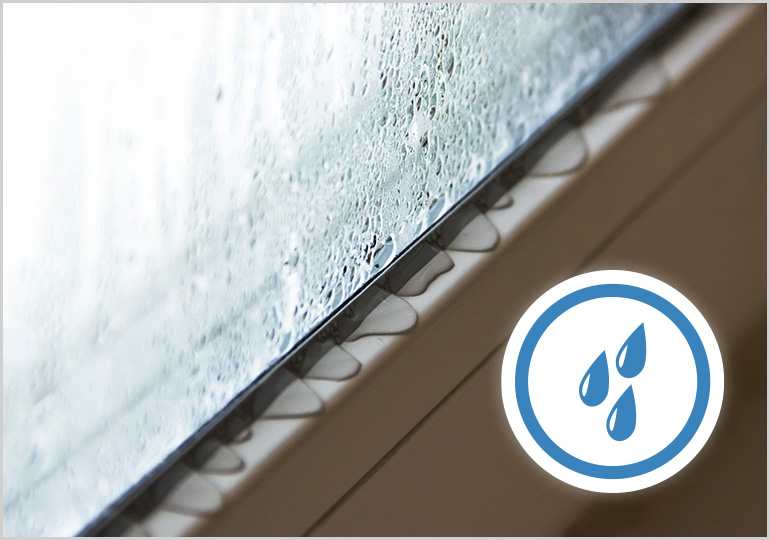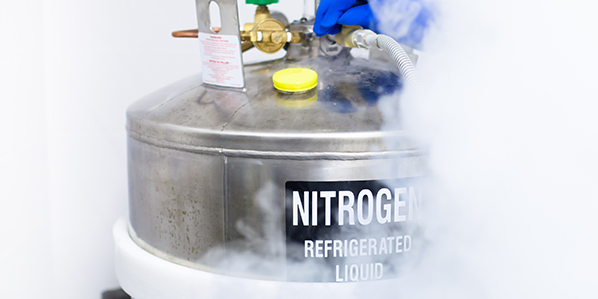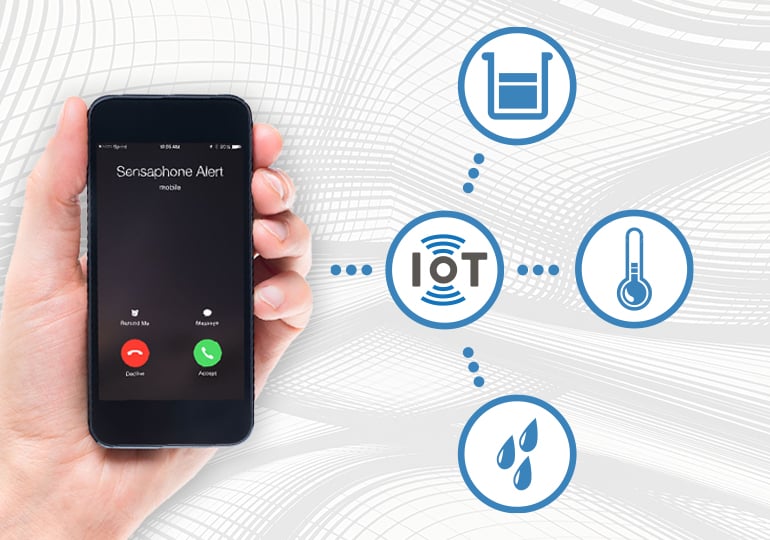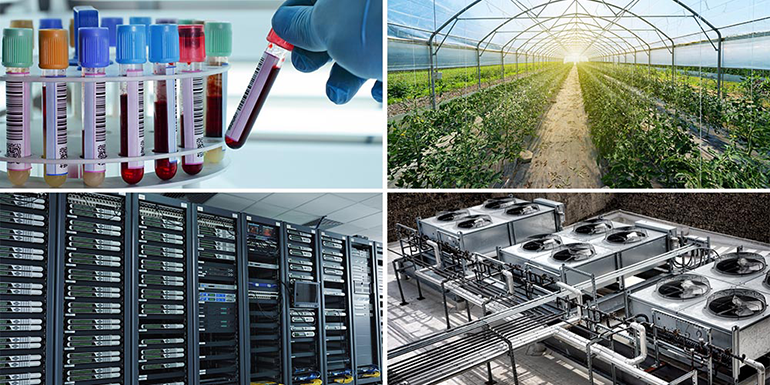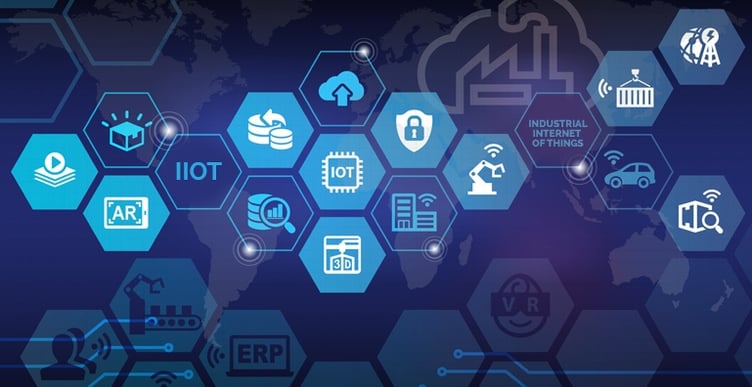
Gone are the days of chart recorders, logbooks or manual, hourly data log entries. Data loggers and data acquisition systems have to be more sophisticated for today’s fast paced world. Industrial Internet of things (IIOT) technology, which the Sensaphone cloud platform is built on, lets business and trade professionals access devices in real time from anywhere in the world. You can now view data from your phone, laptop or desktop with a click of a mouse.
IIOT technology revolutionized data collection and logging. Traditionally, workers had to visit sites to connect to legacy devices and retrieve data logs and manually download data. This was a continuous, tedious task.
Now it takes dramatically fewer man-hours to log critical data using data loggers like Sensaphone’s Sentinel remote monitoring system. The data is no longer subject to human error, and it is protected by higher-level security protocols. You can access data when you need it, and it comes in the form of digitalized secure packets. But what do you need the data for?
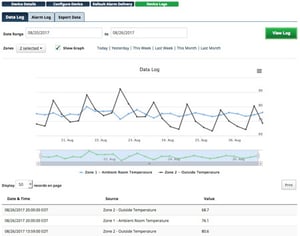
Data Logging to Monitor and Predict
No matter what industry you work in, logging, storing and reporting data helps you determine how efficient your site has been performing over a given time frame. The recorded data demonstrates your equipment and product’s uninterrupted health. But trending and comparing data log records can also uncover potential problems that are beginning to affect the quality of your operation and product.
Demonstrate Health & Safety Compliance
Data logging is particularly important in environmentally controlled facilities like those in the research, farming and healthcare industries. In fact, data logging is often mandated by state and federal health departments like the CDC, VFC, FDA and FED that oversee facilities like vaccine storage areas, food and beverage plants and marijuana growing operations.
These organizations require data to be stored and accessible at all times by the state or federal inspectors that audit these facilities. Data log records verify that product temperatures were maintained within the healthy and accepted range from the time they were manufactured or grown until they arrive at the point of sale.
Without this data validation, the facility is held accountable and would need to dispose of the questionable products.
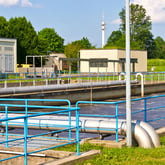
Validate Environmental Compliance
The EPA requires water and wastewater facilities to maintain records of water meters, PH levels, and effluent maximum flow totals for three years or more. The data samples collected for compliance reporting will determine if you are within your discharge limits and validate the effluent is safe to put back into the environment, preventing possible hefty fines or shut downs.
Growing and Farming
Data logging is useful even when it is not mandated. For example, an ornamental plant farmer or greenhouse grower can turn to data logging to figure out why crop production is down.
Comparing temperatures, CO2 levels, humidity or soil moisture from year to year helps identify the plants’ optimum growing environment. He can then fine tune the environment to increase plant production and health and maximize yield season after season.
Clean Air and Energy Savings
Data centers, universities, hospitals and hotels all can benefit from data logging their HVAC (heating, ventilation, and air conditioning) equipment. This helps:
- Identify different heat and cool patterns throughout the day.
- Uncover an under or oversized air conditioning unit that could be wasting thousands of dollars in cooling costs.
- Determine if it’s taking longer than normal to cool the environment, indicating a needed maintenance call.
Trending data throughout the day in public locations may show that CO2 levels arise during busier times of the day; this may call for more fresh air into the environment during certain hours.

All these markets use data loggers in different ways for different reasons. To demonstrate compliance, to increase overall efficiency, or increase production by maximizing the potential of the environment.
The Industrial Internet of things (IIOT) makes data logging easy. It bridges the gap of making a tedious task with high error rates, into a fully automated data acquisition system accessible from anywhere and at any time. All cloud- and network-based Sensaphone models are capable of data logging. Those models include the Sentinel product line, or the network based WEB600, WSG30, IMS-4000 Enterprise system and IMS-1000.


